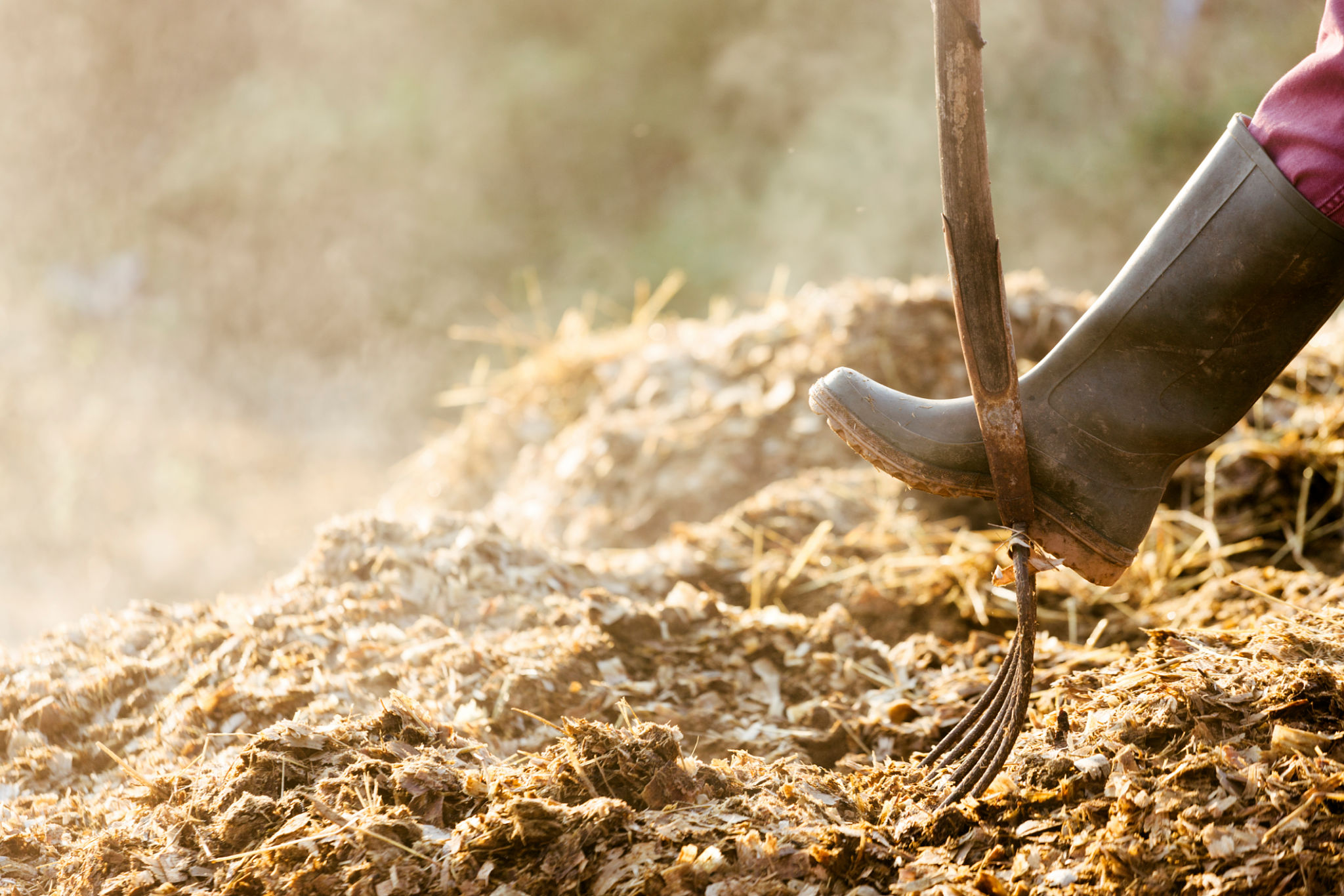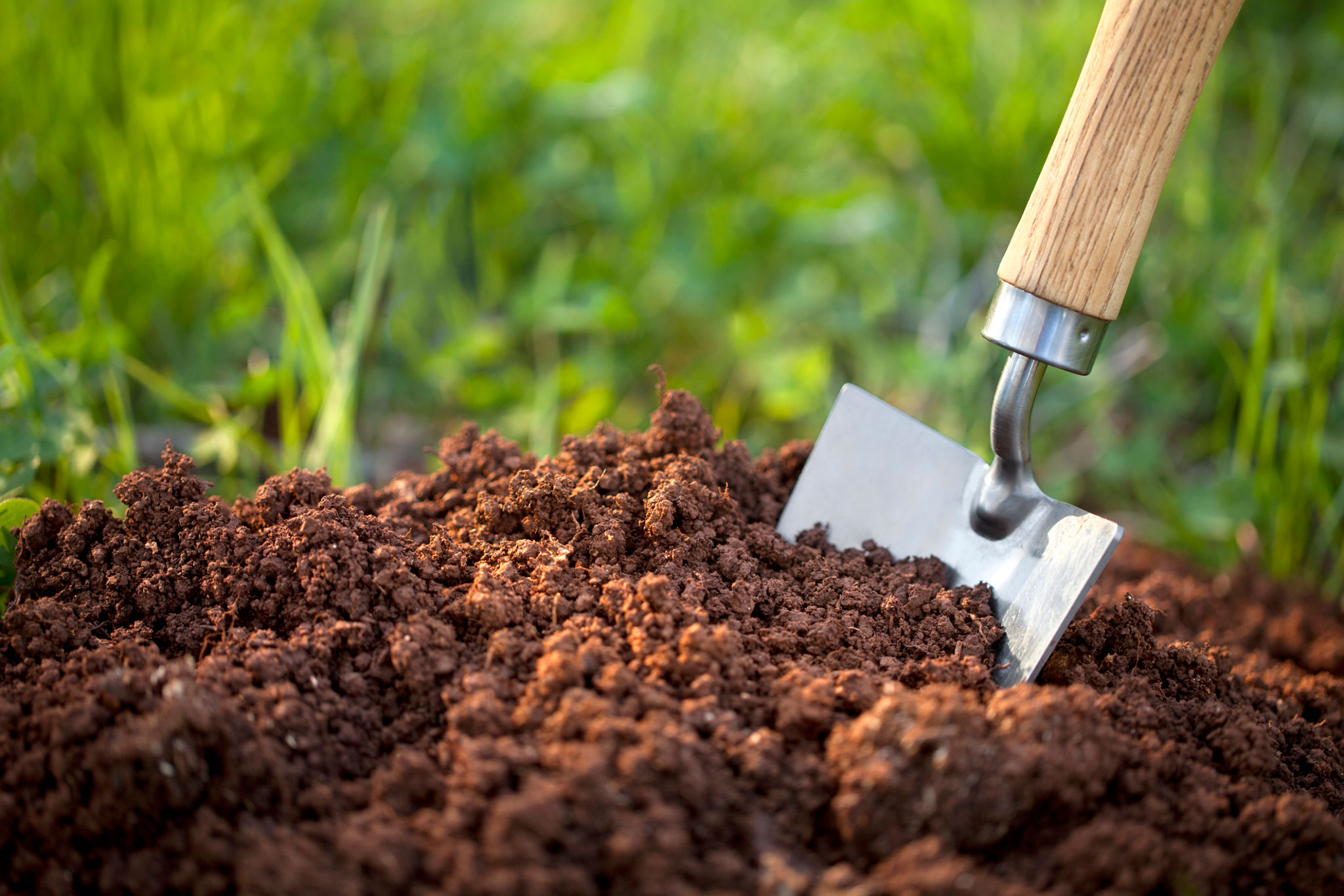Comprehensive Guide to Effective Equine Waste Management
Understanding the Importance of Equine Waste Management
Effective equine waste management is crucial for maintaining a healthy environment and ensuring the well-being of horses. With the average horse producing approximately 50 pounds of manure per day, proper disposal and management are necessary to prevent environmental pollution and ensure compliance with local regulations. In this guide, we delve into best practices and strategies for managing equine waste efficiently.

Environmental Impact of Poor Waste Management
Poor equine waste management can lead to significant environmental challenges. Manure left unmanaged can contaminate water supplies, contribute to air pollution, and attract pests. Nutrient runoff from manure can lead to the eutrophication of water bodies, causing algal blooms that deplete oxygen levels and harm aquatic life. Tackling these issues requires implementing sustainable waste management practices.
Key Components of an Effective Waste Management System
Successful equine waste management systems are built on several key components, including collection, storage, treatment, and disposal. Each step must be carefully planned and executed to minimize environmental impacts and maximize efficiency. Here are some critical elements to consider:
- Collection: Regular collection of manure is essential to prevent accumulation and reduce odor. Use appropriate tools like manure forks and wheelbarrows for efficient handling.
- Storage: Manure should be stored in a designated area that is covered and protected from rain to prevent runoff. Proper storage also helps in managing odors and controlling pests.
- Treatment: Composting is a popular method for treating equine waste, turning it into valuable fertilizer. Ensure the composting site is managed properly to maintain optimal conditions for decomposition.
- Disposal: Disposal options include spreading composted manure on fields, selling it as fertilizer, or sending it for specialized waste processing.

Composting: Transforming Waste into Wealth
Composting is one of the most effective ways to manage equine waste. It not only reduces the volume of waste but also transforms it into nutrient-rich fertilizer that can be used to enrich soil. To start composting, create a designated compost pile or bin, maintain a balance of carbon and nitrogen-rich materials, and ensure proper aeration and moisture levels. Regular turning of the compost pile helps accelerate the decomposition process.
Best Practices for Manure Spreading
If you choose to spread manure on fields, it’s important to follow best practices to prevent nutrient runoff and soil contamination. Testing soil nutrient levels before application ensures that you do not exceed the nutrient needs of the crops. Additionally, avoid spreading manure near water bodies or during wet conditions to minimize environmental risks.

Regulatory Compliance in Waste Management
Understanding and adhering to local regulations regarding equine waste management is essential. Regulations may dictate how manure should be stored, treated, and disposed of to protect environmental quality and public health. Regularly updating your knowledge of these regulations ensures compliance and helps avoid potential fines or legal issues.
Sustainable Practices for Long-Term Solutions
Sustainability should be at the forefront of any equine waste management strategy. Implementing practices such as recycling bedding materials, using biodegradable products, and reducing waste production contribute to a more sustainable operation. Engaging with environmental experts or agricultural extension services can provide additional insights into innovative waste management solutions.
By adopting comprehensive equine waste management practices, horse owners and facility managers can minimize their environmental impact while enhancing the health and productivity of their operations. Through careful planning and implementation, equine waste can be effectively managed, creating a cleaner and healthier environment for both horses and humans alike.
